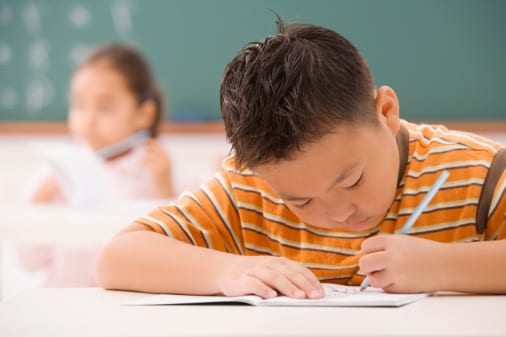 How do our kids learn social cues? How do they learn to read facial expressions?
How do our kids learn social cues? How do they learn to read facial expressions?
It’s tough for our kids to learn social cues and/or read facial expressions because they have a tendency to be uncomfortable looking at other people. How can they be expected to read non-verbal cues if they’re not looking at other people?
What can parents do to help?
For third grade, I added a new category to my child’s communication log. This new category was a bonus category called, “Noticing a Social Cue.” It was not one of my son’s “earning” categories, but he could earn bonus points toward his monthly “surprise” (a small gift he can earn monthly if he earns a certain number of points).
How does this bonus category help our child?
Our child is used to having an earnings chart that relates to his school behavior. He knows that whatever toy/game is on the chart for a particular school day, he doesn’t get that toy or play that game unless he earns it with good behavior at school. He gets that toy or game taken away for 2-3 days.
For our child, the earnings chart means he cannot earn an “X” (an “X” means he had negative behaviors at school). If he does get an “X”, he hasn’t earned his chart item. (I also used the monthly chart to add up the points for the end of the month gift.)
For the new bonus category, I had to explain why that new category was added. Which meant I had to explain social cues and facial expressions. I had to tell my son why he needs to pay more attention to non-verbal facial cues. Why it is this important to him.
I knew this would be a challenge for our child. However, my son not only does well with challenges, but he also enjoys earning more than is expected. He understood that this new category was a bonus category, it was not one expected of him, but if he did earn it, the bonus points added to his chance at getting his monthly gift. He also knows it pleases his parents if he does.
How did I talk to my child about non-verbal facial cues?
First, I had to discuss a definition of non-verbal communication. Then I had to encourage him to try to keep his focus on the facial features of others a bit longer than he’s used to or comfortable with. I explained how this second step was necessary in order to try to “read” what facial expressions are not saying with words. I told him that people are giving you non-verbal social cues all the time with their facial expressions and the only way you’re going to learn to interrupt them is to watch them more often.
What did I do?
I gave him some examples using my own face. Smiling was happy, frowning was sad, eyes wide with mouth open could be shocked or surprised, no expression could mean bored or not listening to you.
I discussed these with him more than once and tried to point out examples whenever possible. He began school and immediately forgot about his new bonus category. I reminded him several times to at least try to earn some points in that category. I also told his aide to help remind him.
During the next few weeks, he did earn his bonus a few times. When I discussed with him the actual social cue that he felt was being communicated, however, he struggled to explain them to me. I knew I had more work to do with reading social cues and facial expressions.
In my next blog, I’ll discuss a specific example of my son’s attempt at learning facial cues.





